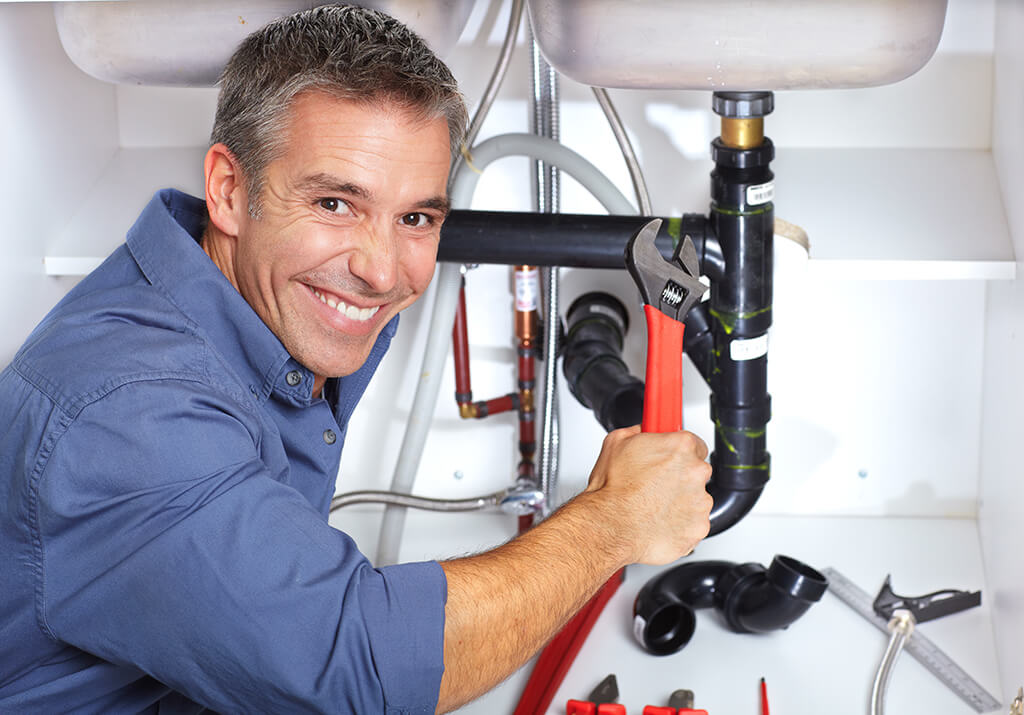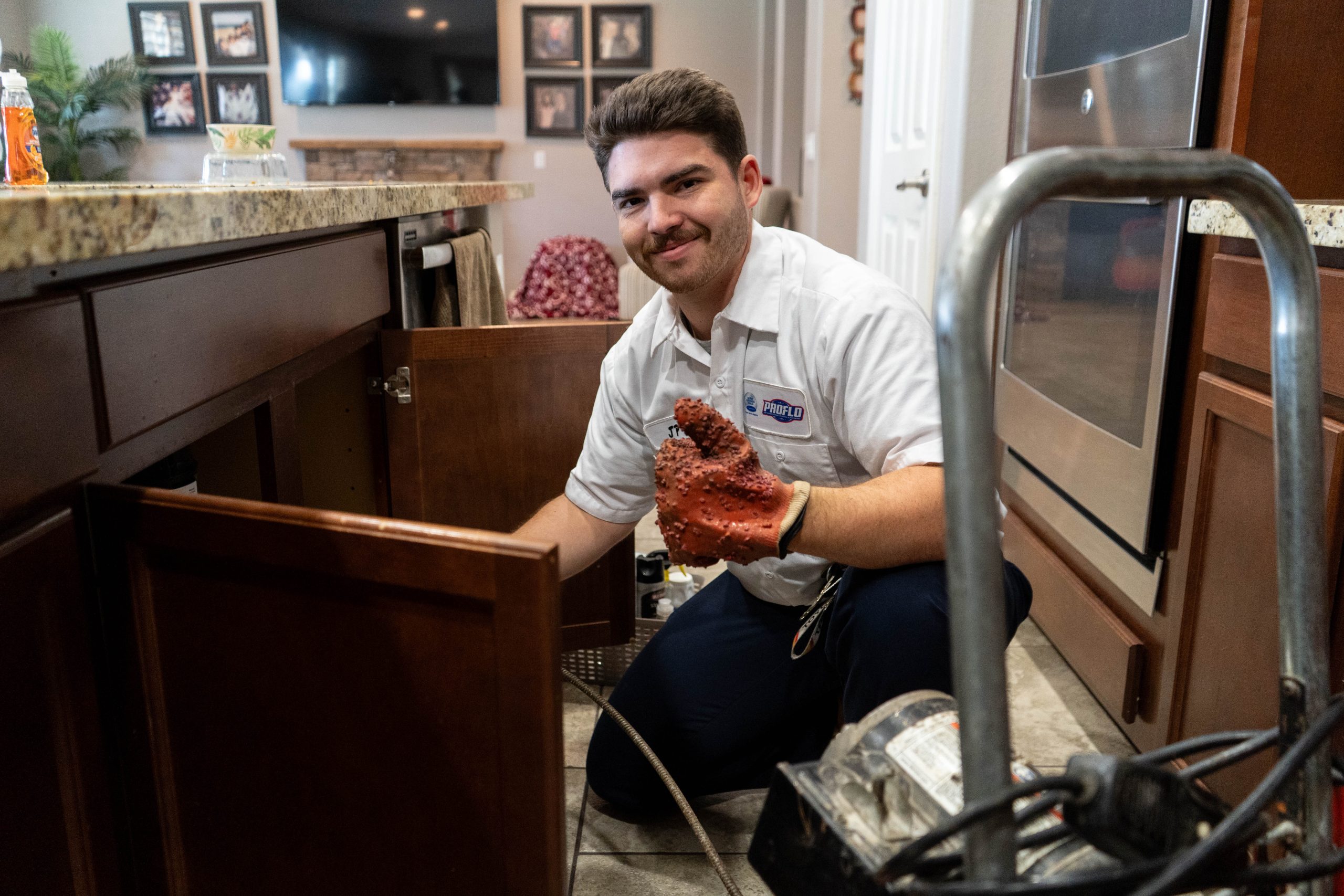Everyone has their personal idea involving Plumbing Issues in Older Properties and How to Fix Them.

Older homes frequently include beauty, character, and history, yet they can likewise bring a host of plumbing concerns. Whether you're handling maturing pipes, low water pressure, or leakages, understanding how to attend to these typical troubles is vital to keeping a risk-free and useful home. In this overview, we'll check out the common plumbing obstacles encountered by older homes and supply useful services to keep your plumbing in top form.
Understanding Typical Plumbing Problems
Aging Pipelines
One of one of the most common problems in older homes is aging pipelines. Depending on the age in which your home was constructed, the pipes could be made from materials that have worn away in time, such as galvanized steel, cast iron, or perhaps lead. These materials can rust, come to be brittle, or establish leaks, causing water damage and prospective carcinogen.
Water Top Quality Testing
Older pipelines can impact the top quality of your water. Conduct a water quality test to look for contaminants such as lead, rust, or other contaminations that might be introduced by aging pipelines.
Solutions for Usual Plumbing Issues
Changing Aging Pipes
If your home has old, wearing away pipelines, consider replacing them with contemporary products like copper or PEX. This can be a significant financial investment, yet it will avoid future problems and boost the safety and security and reliability of your plumbing system.
Dealing With Low Water Stress
To fix low water stress, start by cleansing or replacing old components and eliminating mineral build-up in the pipelines. If the trouble lingers, it may be needed to change areas of rusty pipes.
Fixing and Changing Dripping Pipes
For little leakages, you can utilize pipeline clamps or epoxy putty as a short-lived solution. However, it's best to replace dripping pipelines completely to prevent additional damages.
Updating Fixtures
Upgrading old fixtures to modern-day, water-efficient versions can enhance your home's pipes performance and minimize water usage. Search for fixtures with the WaterSense label for the best performance.
Handling Pipe Corrosion
If your pipes are worn away, changing them with corrosion-resistant products like copper, PVC, or PEX is the very best solution. Regular inspections and water top quality upkeep can assist avoid even more corrosion.
Low Tide Stress
If you're experiencing low tide pressure, it could be due to mineral deposits, rust inside the pipes, or old fixtures that are no more operating efficiently. This can be a major aggravation, especially in locations like showers and sinks.
Leaking Pipes
Leaks are an additional constant problem in older homes, frequently triggered by rusty or worn-out pipes. Even small leakages can result in substantial water damages, mold development, and enhanced water bills if not addressed without delay.
Obsolete Fixtures
Obsolete plumbing components such as faucets, bathrooms, and showerheads not only look old however might also be much less efficient, susceptible to leaks, or incompatible with modern-day plumbing standards.
Pipeline Corrosion
Rust is a common issue in older pipelines, particularly those made from galvanized steel or actors iron. Corroded pipelines can restrict water flow, create discoloration, and ultimately lead to leaks or pipeline ruptureds.
Evaluating the Problem of Your Plumbing
Checking Visible Pipes
Beginning by examining any type of visible pipelines in your home, such as those in basements, crawl spaces, or under sinks. Seek signs of deterioration, leakages, or corrosion, which can show underlying issues.
Looking for Leaks
Check for leaks by checking locations around faucets, bathrooms, and under sinks. You can additionally monitor your water meter before and after a period of no water make use of to spot concealed leakages.
When to Call a Professional
While some plumbing problems can be handled with DIY options, there are times when it's ideal to hire an expert. If you're managing major leakages, considerable corrosion, or are uncertain regarding the problem of your pipelines, a licensed plumbing technician can give expert evaluation and repair service.
Preventive Upkeep Tips
Normal Examinations
Routinely check your pipes system for indicators of damage. Catching issues early can prevent costly repair work down the line.
Water Pressure Policy
Ensure your water pressure is within the suggested variety to prevent worrying your pipelines and fixtures. A plumbing technician can mount a stress regulatory authority if required.
Water Quality Upkeep
Mount water filters or conditioners if your water top quality is poor. This can safeguard your pipes and fixtures from damages brought on by tough water or impurities.
Aggressive Pipe Replacement
If your home has very old pipelines, take into consideration positive substitute prior to significant problems occur. This can save you from emergency repairs and water damages.
Verdict
Managing pipes issues in older homes calls for a mix of caution, preventive maintenance, and prompt upgrades. By recognizing the usual obstacles and understanding when to seek specialist aid, you can guarantee your plumbing system remains functional and trustworthy for years ahead.
7 Common Plumbing Issues in Older Homes
Read More Plumbing Articles
Whether you're mulling over purchasing your dream period property, or you already own one, being aware of common plumbing problems in old homes can help you avoid expensive mishaps.
Many plumbing problems in old homes are similar to those faced in newer properties, but some are more prevalent in houses over a certain age. If you've recently bought an old house or haven't had your aging plumbing system inspected in a while, it's worth keeping an eye out for the following issues:
Bad Pipe Materials
Depending on the age of your home, the pipe materials used in your plumbing system may not comply with modern building codes and could be unsafe.
Lead pipes are the most dangerous type of old plumbing pipes. This metal was once used extensively for manufacturing water pipes because it's easy to shape and has a long lifespan. Plumbers also used it to solder joints between pipes made from other materials. However, lead can cause serious health problems, particularly in children. Drinking water from pipes containing lead can lead to lead poisoning symptoms, such as stomach pain and fatigue, so it's essential to replace them if you discover them in your home.
Outdated Fixtures
Even if the previous owners installed high-quality fixtures, these won't be immune to the effects of age and wear and tear. Over time, fixtures can corrode and wear down, increasing the likelihood of leaks and clogs.
Sometimes, an outdated fixture can be a minor irritation that makes using your plumbing system less convenient. However, it's best to maintain older plumbing components carefully and replace them when they show signs of failure to avoid a major leak and water damage.
Corroded or Leaking Pipes
Corroded pipes are a common plumbing issue in old homes. Corrosive substances in the water supply can gradually break down the metal used to make the pipes, eventually causing leaks. Corrosion can also cause sediment to build up, increasing the chances of a clogged pipe. All these issues take time to develop, making them more likely in old house plumbing.
Drain Problems
Older home drainage systems were often installed before the arrival of appliances such as garbage disposals, so they're frequently incapable of handling modern household usage. The result could be frequent clogs or water backing up into sinks and other fixtures.
A failing sewer line is the most serious drainage issue commonly encountered in old houses. This problem is more likely if you've remodeled your home to add more fixtures, placing more pressure on a sewer line not designed for the purpose. Eventually, the line can become clogged, causing unpleasant indoor smells, poor drainage and contaminated wastewater backing up into your fixtures.
Pipe Bellies
Pipe bellies develop when pipes buried in your home's foundation start sagging as the building settles. They create downward slopes, affecting water drainage and increasing the risk of significant blockages. You don't need to worry about pipe bellies in a pressurized main line, as the water pressure prevents the pipes from clogging, but they can cause issues in drain lines.
Root Intrusion
Root intrusion occurs when trees and other shrubs grow roots too close to your sewer line or water service line. Sometimes, the roots penetrate the pipe walls, leading to leaks and soft or wet areas in your yard.
Unfortunately, root intrusion is a more common plumbing problem in old homes. That's because older houses are more likely to have pipe bellies allowing standing water to accumulate, attracting roots to the moist conditions.
https://www.elocal.com/resources/home-improvement/plumbing/faq/plumbing-issues-in-older-homes/

Do you enjoy more info about Plumbing Issues in Older Properties and How to Fix Them? Give a remark down the page. We would be happy to see your opinions about this blog posting. Hoping that you visit us again in the future. Sharing is caring. One never knows, you may be doing someone a favor. Many thanks for being here. Kindly come visit our blog back soon.
Book Maintenance
Comments on “Handling Plumbing Issues in Older Homes: Expert Tips”